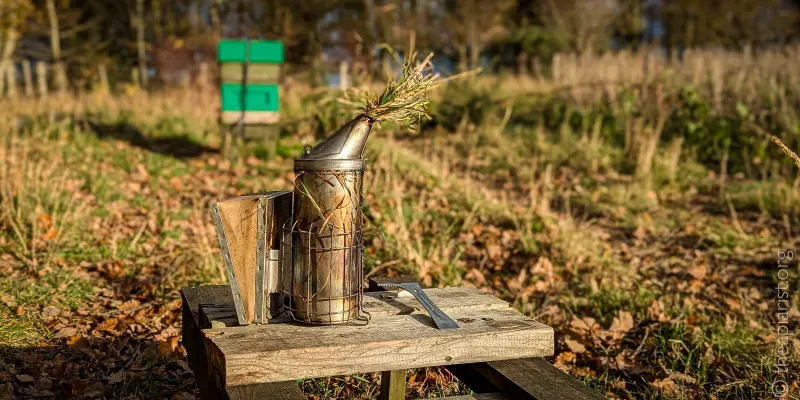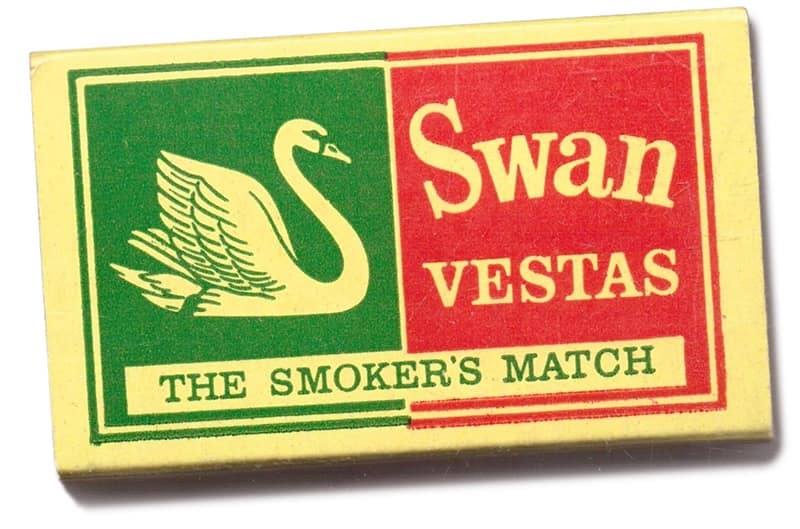Ventilation, insulation, condensation

“If you want to get ahead, get a hat” was an advertising slogan used by milliners in the middle of the 20th Century to encourage hat wearing.
Or, more accurately, hat buying.
Perhaps inevitably, the adverts promoted the desirability of the hat wearer, rather than any practical benefits of keeping your head warm. Those of you who know your memes will recognise the striking similarity between one of these adverts and the overused 'Distracted boyfriend' meme from 65 years later.

I'm the follicularly-challenged individual in the middle of the advert on the right.
Because I'm increasingly 'thatch-free' I often wear a hat; a beanie at this time of the year and a baseball cap during the summer. It keeps my head warm in cold weather and prevents sunburn in the summer.
When beekeeping on a windy day, a baseball cap (or similarly peaked attire) is particularly useful as it keeps the veil away from your face. A stroppy colony and a gusty breeze are near-perfect conditions for a (painfully disfiguring {{1}}) sting on the nose.
A peaked hat — as long as the peak is longer than your nose 🤥 — stops any psychotic workers getting close enough to press home the attack, at least through the veil.
And, windy or not, if I have to open a really aggressive colony I'll wear a fleece under the beesuit, and a hat for head protection. Obviously, these aren't my bees I'm talking about … I'm doing a favour for someone with a hive of malcontents that need requeening.
But, at this time of the year, I'll be wearing one of several variously tatty beanies to keep my noggin warm. There's nothing worse than a howling gale blowing around my ears to make me feel cold.
So, other than sartorial elegance, what's this got to do with beekeeping?
Sponsors get more … posts, news, and information on the science, art, and practice of sustainable beekeeping. They also have access to over a decade of legacy posts, and ensure The Apiarist continues to appear every week.
Listen to the experts
During a recent Q&A session after an evening talk I was asked about hive insulation and/or ventilation for the winter. It's a topic that comes up almost every year, and one that new beekeepers in particular get confused by.

The wizened experts in their local association stress the importance of matchsticks under the rim of the crownboard to 'promote airflow' or 'allow moisture to escape'.
In contrast, the 'young guns' sing the praises of heavily insulated poly hives, almost hermetically sealed against the elements.
Who is right?